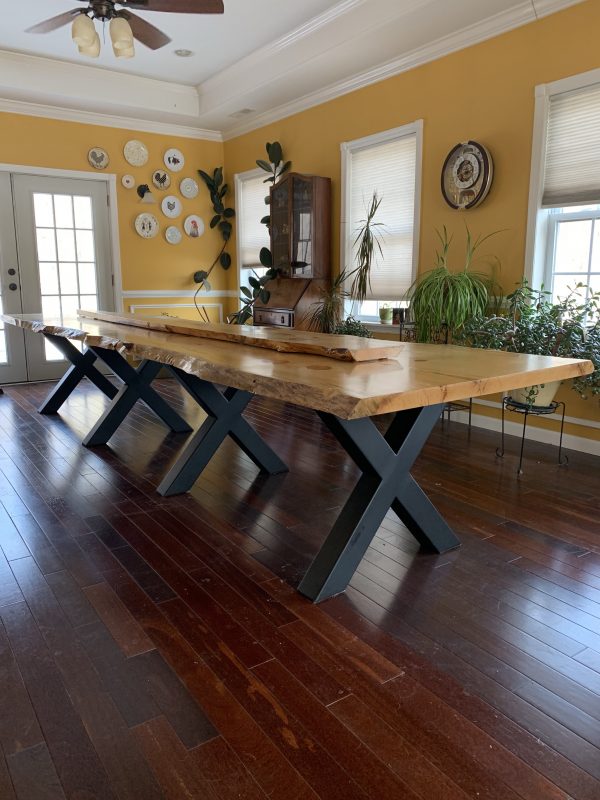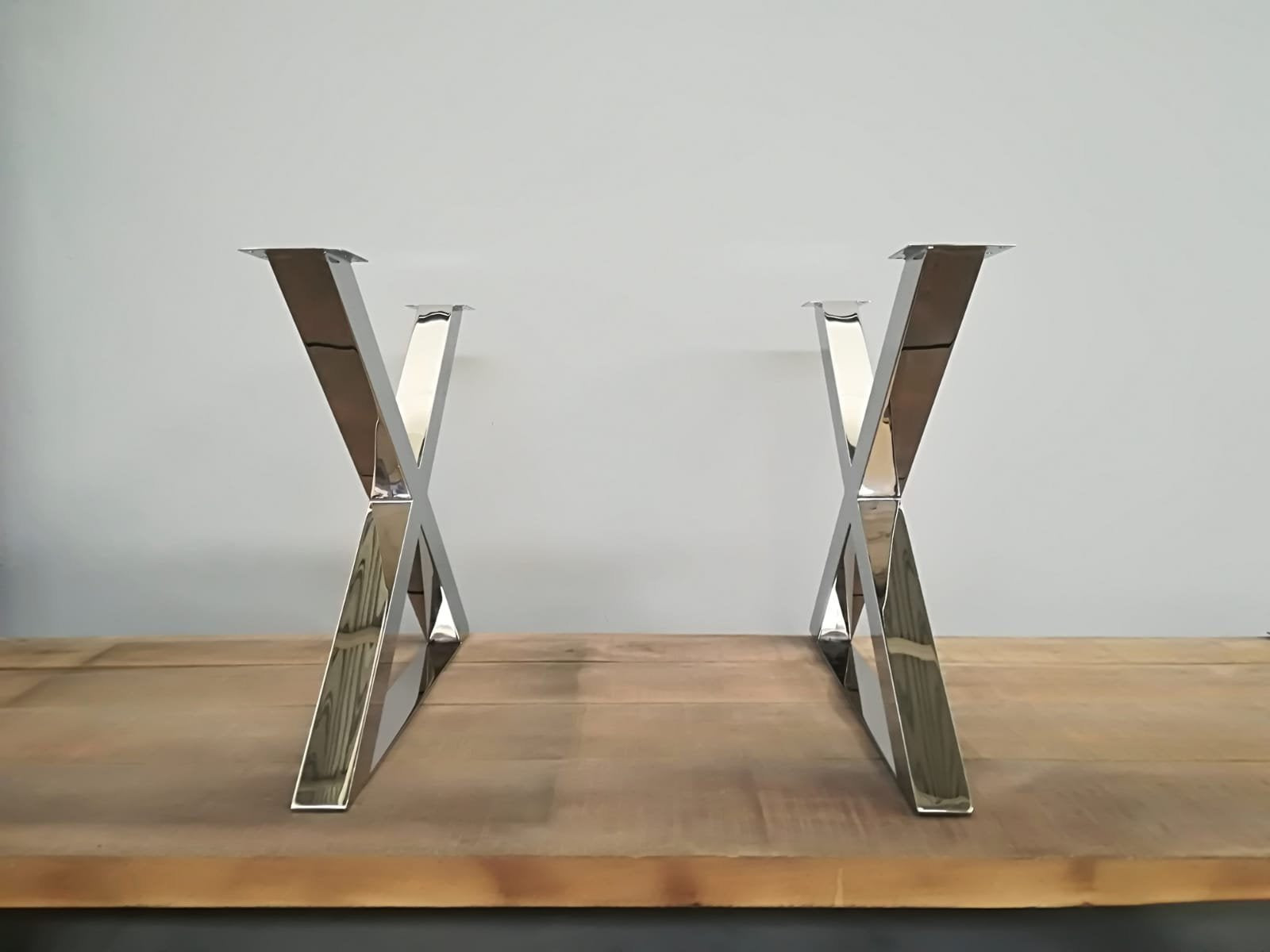Transform Your Dining Space with Stylish Dining Room Table Legs
Transform Your Dining Space with Stylish Dining Room Table Legs
Blog Article
How to Choose the Perfect Eating Room Table Legs for Your Home Design
Picking the ideal dining space table legs is a nuanced process that needs mindful consideration of various aspects, including your room restraints, aesthetic preferences, and functional demands. The interaction in between dimensions, materials, and styles can considerably influence the atmosphere of your dining area, making it necessary to approach this decision systematically. As you consider the myriad alternatives offered, it becomes clear that the ideal option prolongs past simple appearance; it can enhance your general dining experience. What elements should you prioritize to ensure your selection complements your home's distinct character?
Assess Your Eating Space
Assessing your eating area is essential for picking the right table legs that enhance both appearances and functionality. Begin by gauging the dimensions of your dining location, including ceiling elevation, floor room, and proximity to various other furnishings. This information will certainly help determine the proper size and elevation of your dining table, which straight influences the selection of table legs.
Following, take into consideration the design and format of your eating room. An open-concept layout might benefit from table legs that use aesthetic lightness, such as slender steel or acrylic options. On the other hand, an extra traditional setting may call for strong wood legs that provide a sense of permanence.
Review the existing color combination and products in your dining area. Balancing the table legs with these aspects develops a cohesive appearance that boosts the overall decor. Furthermore, consider the functionality needed in your area. If you regularly organize huge gatherings, think about legs that offer additional support and stability.
Eventually, a comprehensive evaluation of your dining area will direct you in making an informed decision, making sure that your table legs not only boost the visual allure but likewise offer practical objectives.
Consider Your Design Preferences
When selecting dining-room table legs, it is necessary to review your individual design preferences, as they dramatically influence the total aesthetic of your eating area. Your option of table legs can either complement or comparison with existing decor, making it critical to straighten them with your preferred interior style theme.
If your home leans in the direction of a contemporary aesthetic, take into consideration streamlined metal or minimal wooden legs that offer a tidy, clean look. For an extra typical technique, ornate wooden legs with intricate makings can add a touch of style and class. Industrial styles gain from durable, basic materials such as redeemed wood and steel combinations, mirroring a rugged charm.
In addition, farmhouse and rustic styles often prefer sturdy, chunky legs that stimulate a feeling of warmth and comfort. Conversely, if your design is eclectic, you may pick non-traditional forms or a mix of materials to produce aesthetic rate of interest.
Evaluate Material Options
The option of product for eating room table legs plays a critical function in both longevity and visual appeal. Usual products consist of timber, steel, and composite alternatives, each offering unique qualities that can influence the general appearance and long life of your table.
Timber is a timeless selection, recognized for its heat and versatility. Hardwoods like oak and walnut offer outstanding toughness and can be ended up in numerous stains to match any type of design. Nevertheless, softwoods like want are a lot more susceptible to dents and scratches, making them much less excellent for high-traffic locations.
Steel legs, frequently crafted from steel or light weight aluminum, exhibit modernity and industrial appeal. They are highly durable and immune to put on, making them ideal for blog here families with kids or frequent celebrations (dining room table legs). In addition, metal can be ended up in various colors, improving the customization opportunities
Composite materials, such as MDF or laminate, offer affordability and diverse designs. While generally less resilient than solid timber or metal, they can still offer an elegant look and are typically simple to keep.
Eventually, the product you pick ought to line up with your way of living, aesthetic choices, and the degree of usage your table will certainly experience.
Determine Height and Size
Choosing the ideal elevation and dimension for your dining space table is crucial for both performance and comfort. The conventional elevation for eating tables usually varies from 28 to 30 inches, permitting ample legroom for a lot of individuals when seated. Nevertheless, it is crucial to take into consideration the measurements of your dining area and the types of chairs you intend to utilize.

Additionally, consider the proportions of your dining room. A bigger table in a spacious location can develop a grand atmosphere, while a smaller sized table works well in more intimate setups. Eventually, the appropriate elevation and dimension will harmonize with your overall style and improve the eating experience for you and your visitors.
Explore Customization Opportunities

Additionally, the layout site link of the legs can be customized to fit numerous designs, such as rustic, modern-day, or industrial. Conical legs can evoke a mid-century modern-day feel, while chunky, block-style legs may resonate with standard or farmhouse decor.
House owners can likewise discover color finishes, from all-natural timber discolorations to paint, allowing them to match or comparison with the tabletop and bordering style.
Moreover, leg elevation can be gotten used to fit details seating plans or individual preferences, enhancing both comfort and functionality.
Last but not least, one-of-a-kind embellishments, such as carvings or ornamental braces, can additionally individualize the table legs, making the eating experience not just a statement yet a meal item in the home. By considering these customization alternatives, homeowners can produce a dining-room table that genuinely reflects their uniqueness.
Final Thought
Picking the ideal dining-room table legs needs cautious factor to consider of numerous aspects, including the dimensions of the dining room, design preferences, material longevity, and preferred height. Modification options better improve the capacity to achieve a natural aesthetic that enhances the general decoration. By methodically reviewing these components, house owners can make certain that the picked table legs not just fulfill useful requirements however likewise add favorably to the dining experience and ambiance of the home.
Selecting the suitable eating space table legs is a nuanced process that needs cautious factor to consider of various components, including your area restrictions, visual choices, and practical requirements.Evaluating your dining room is essential for selecting the right table legs that enhance both visual appeals and performance.When establishing dimension, gauge the location where the table will be placed to guarantee it fits comfortably, allowing for at least 36 inches of clearance around the table for very easy activity. A bigger table in a large area can develop a grand setting, while a smaller table works well in even more intimate settings.Choosing the perfect eating area table legs calls for careful factor to consider of numerous elements, including the measurements of the eating our website room, style preferences, product resilience, and preferred elevation.
Report this page